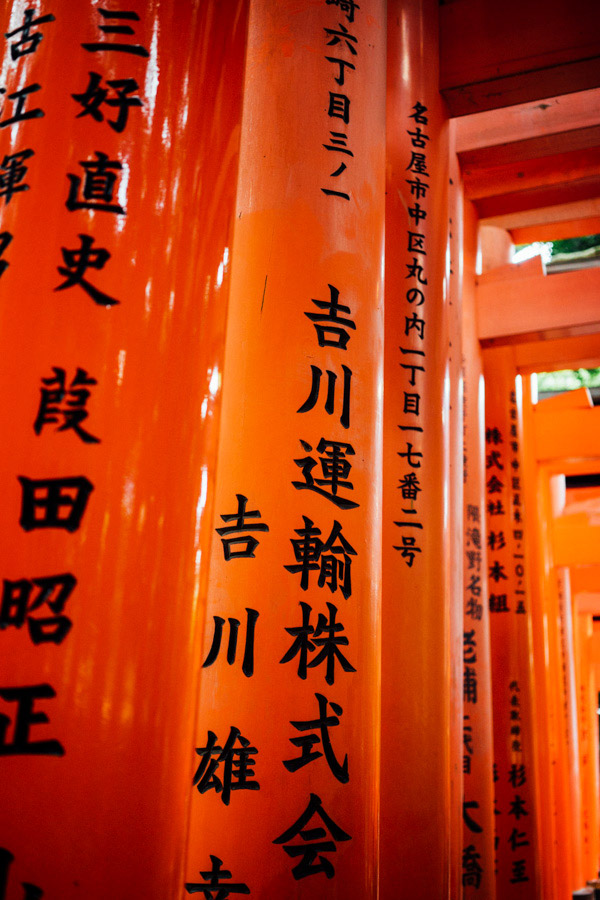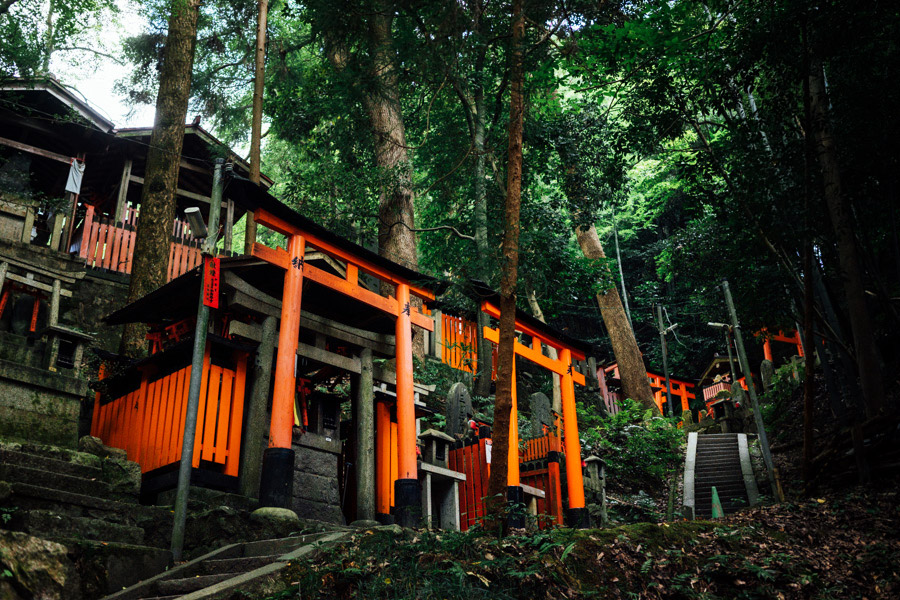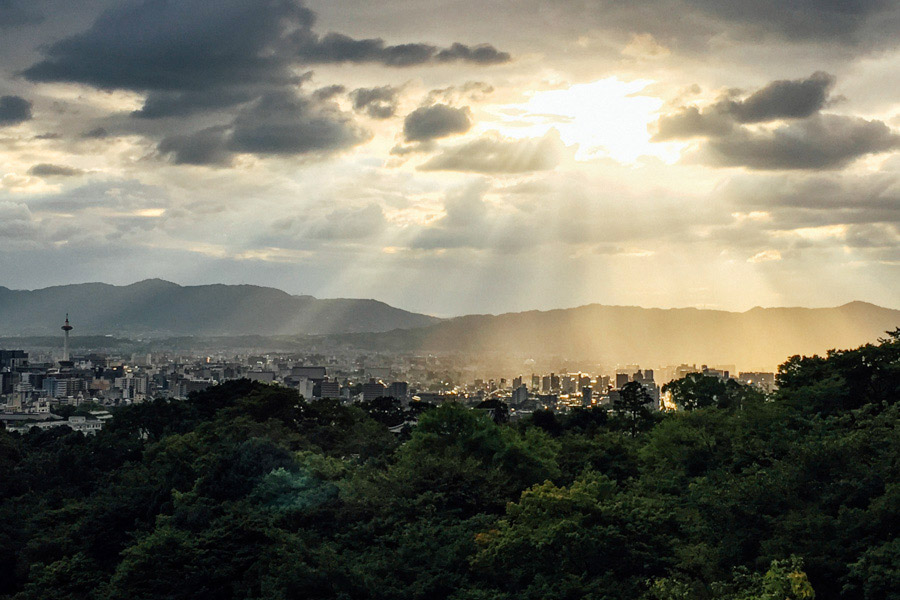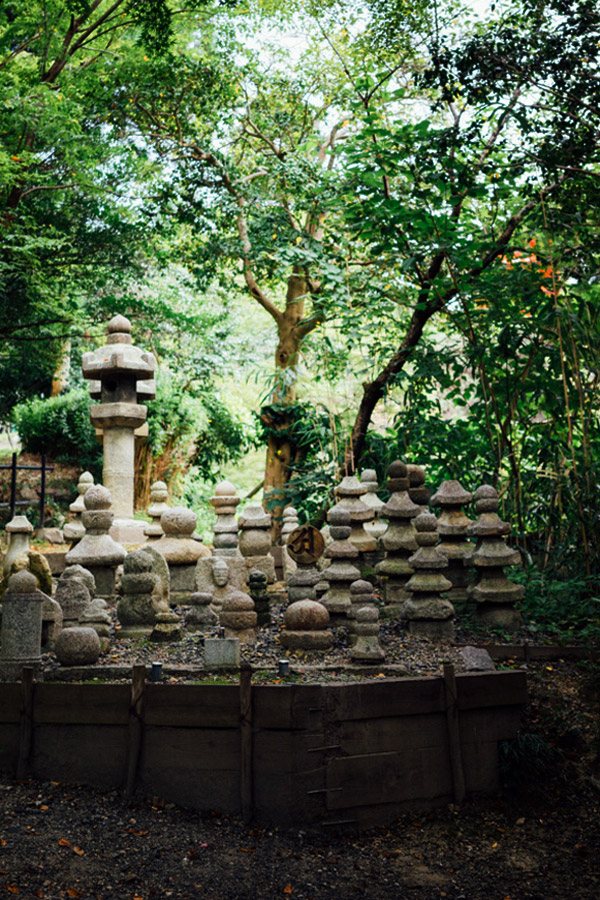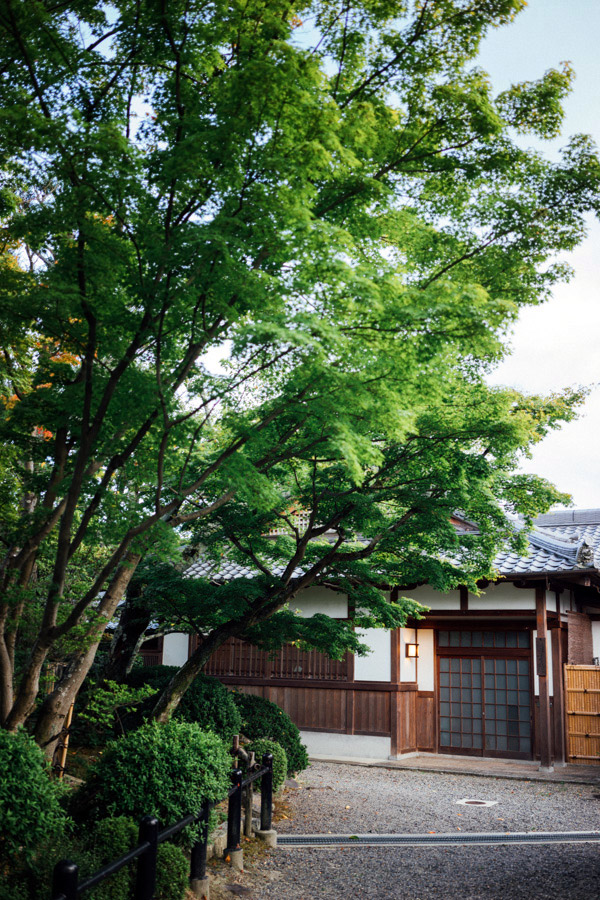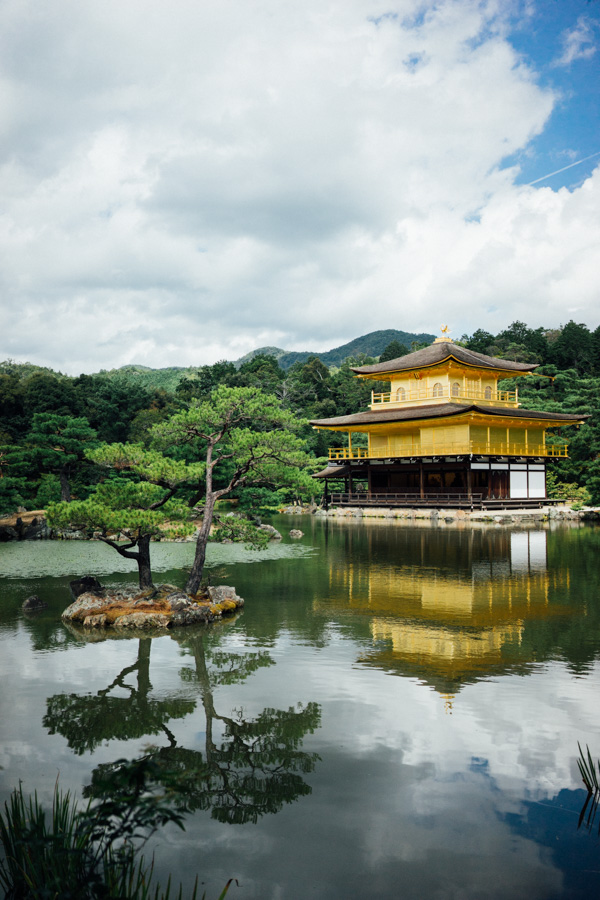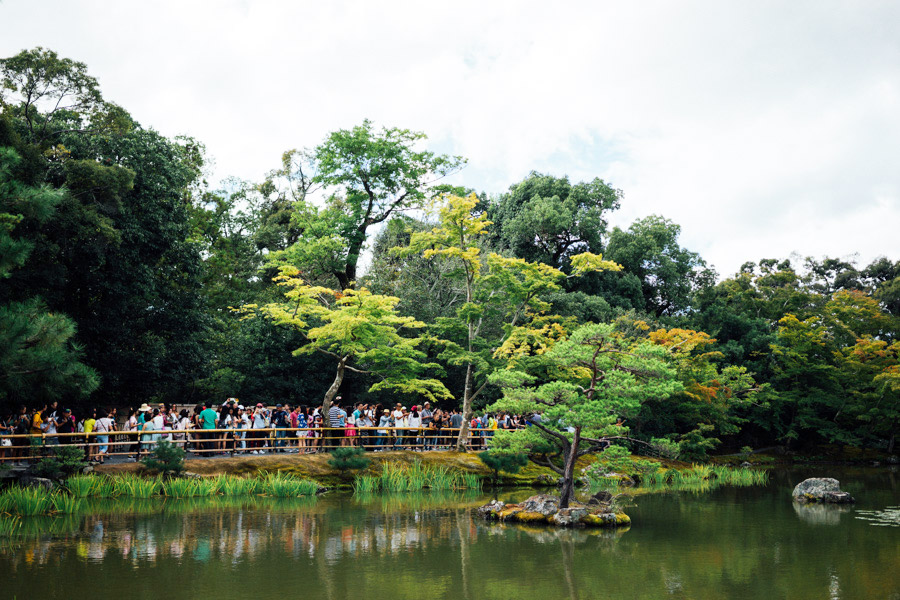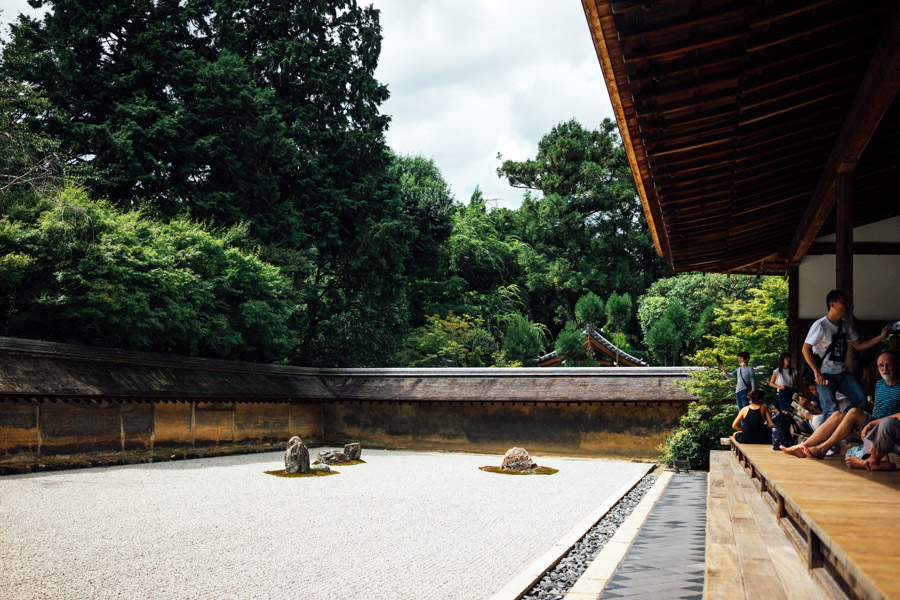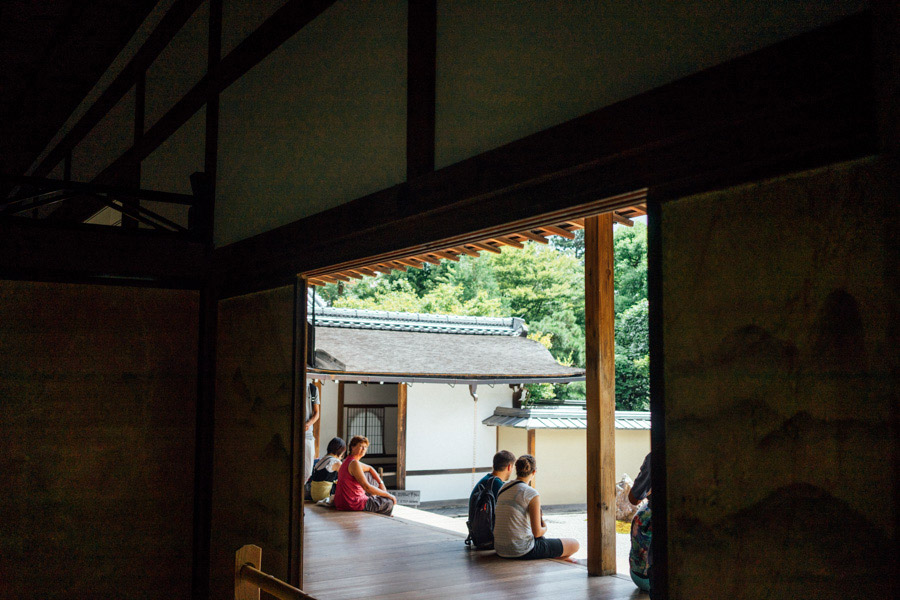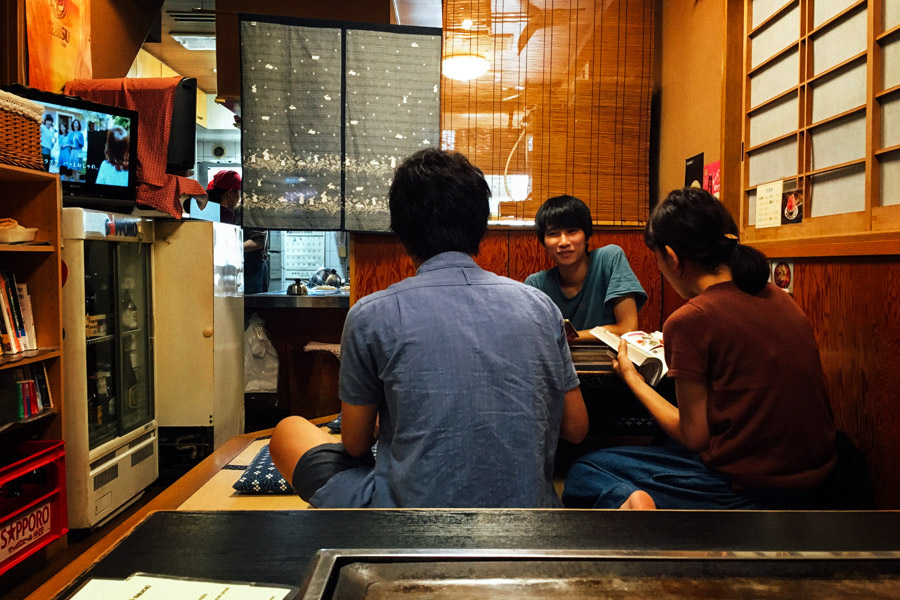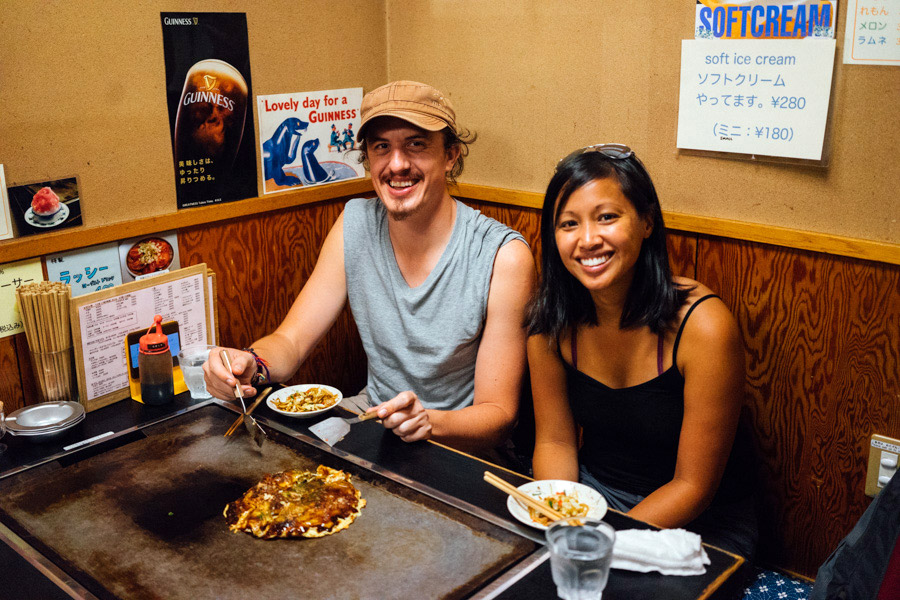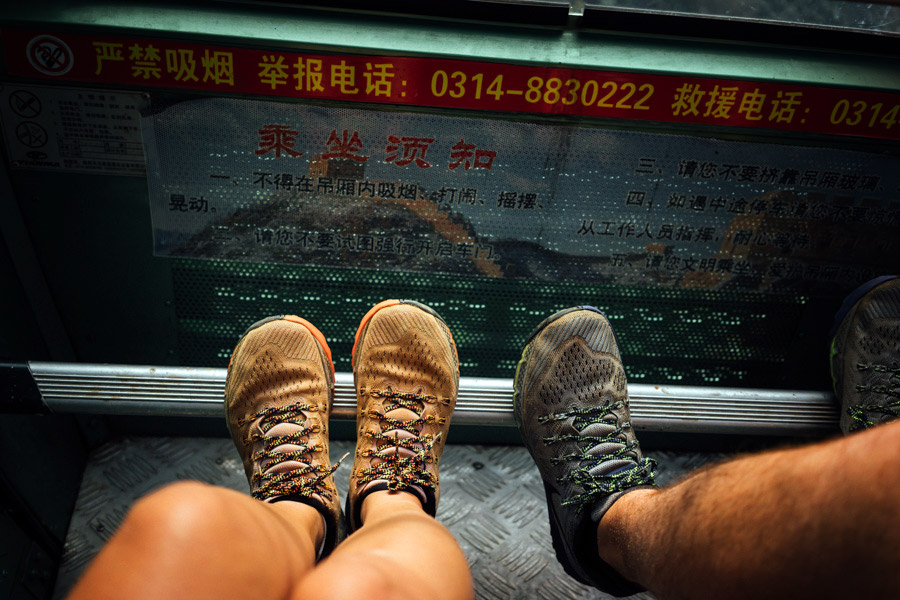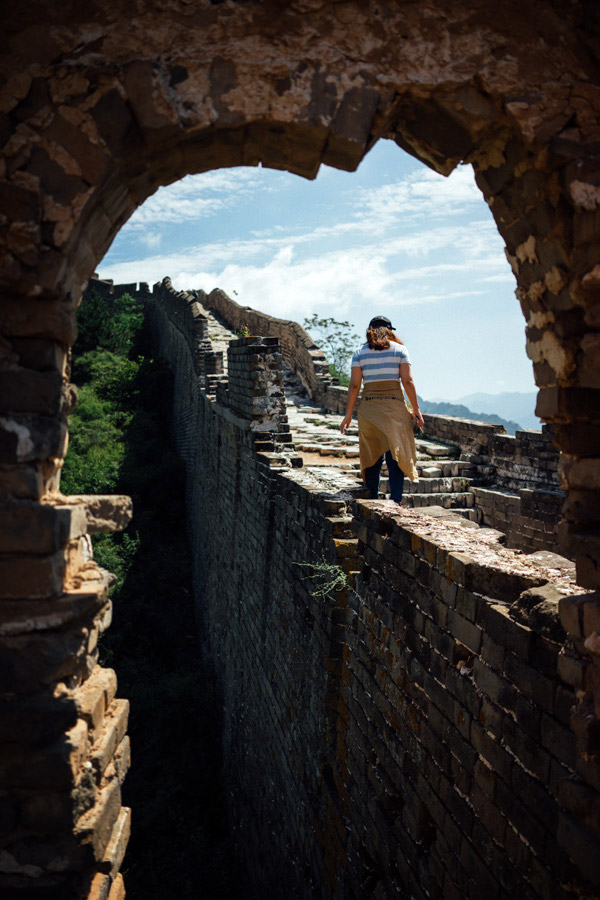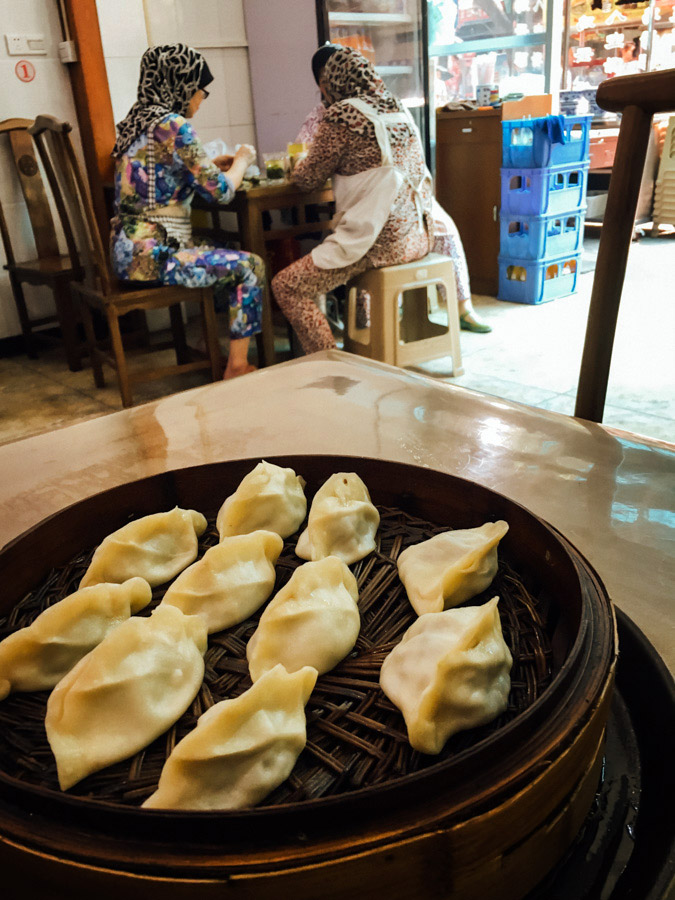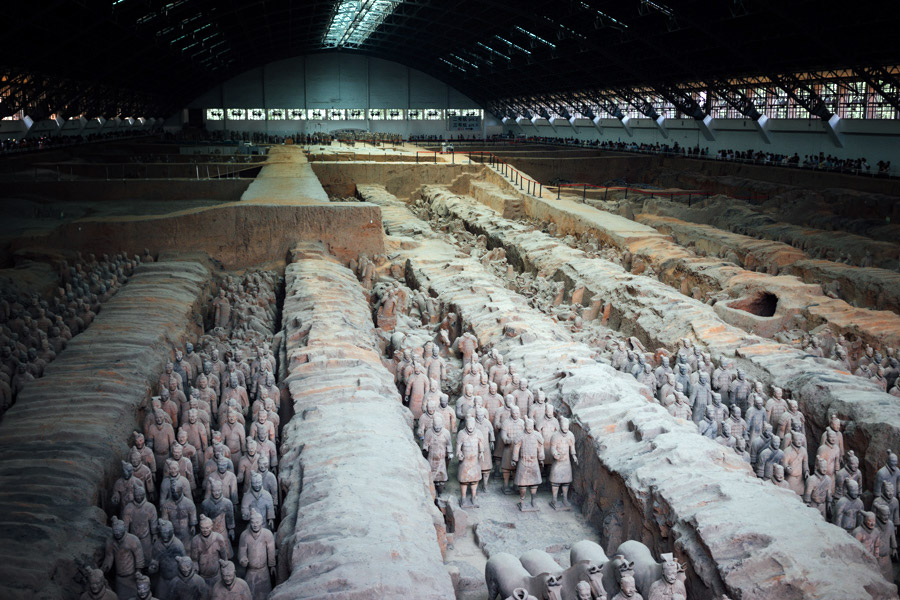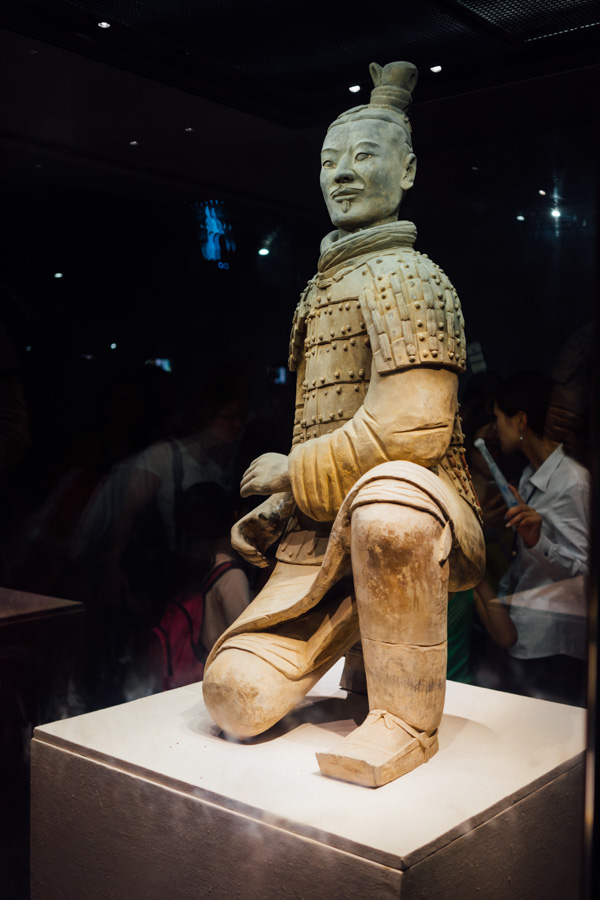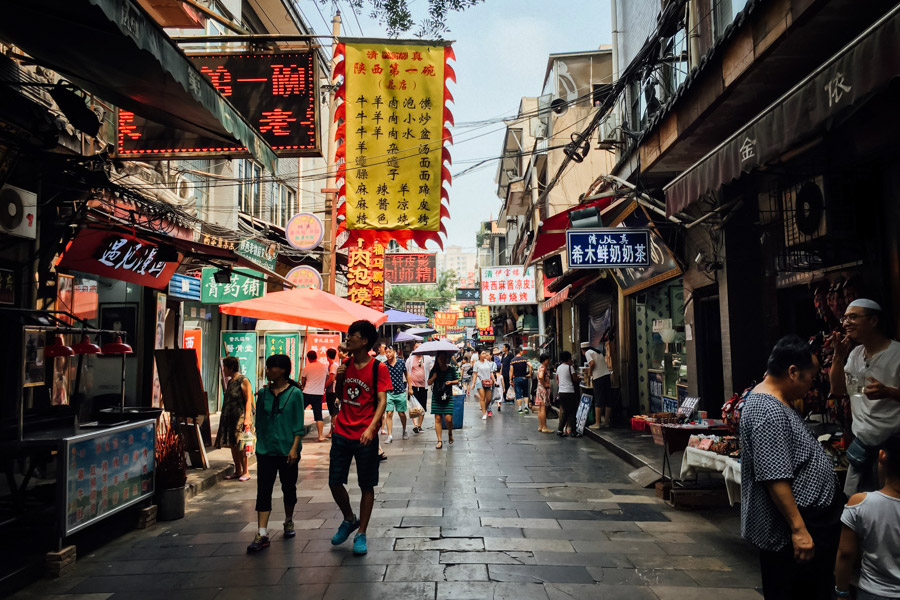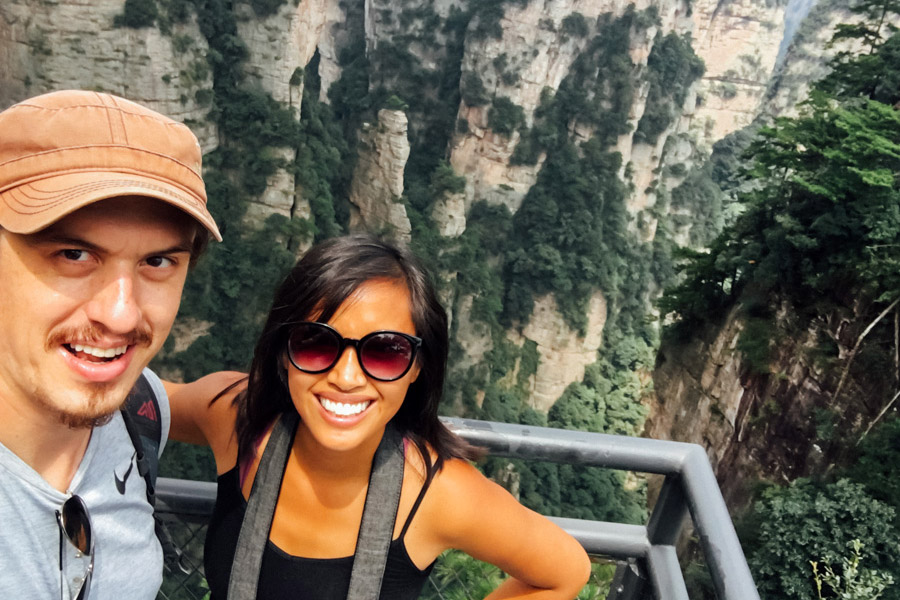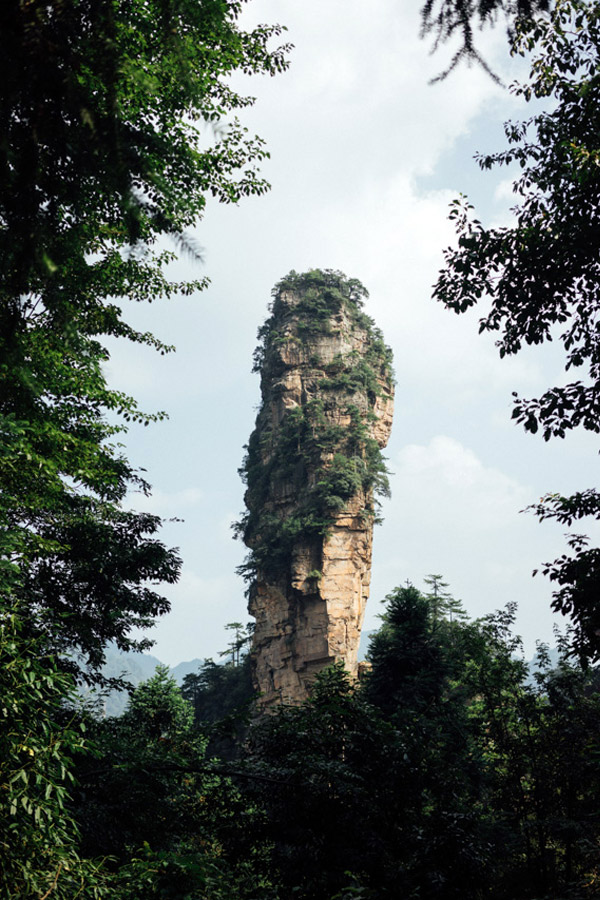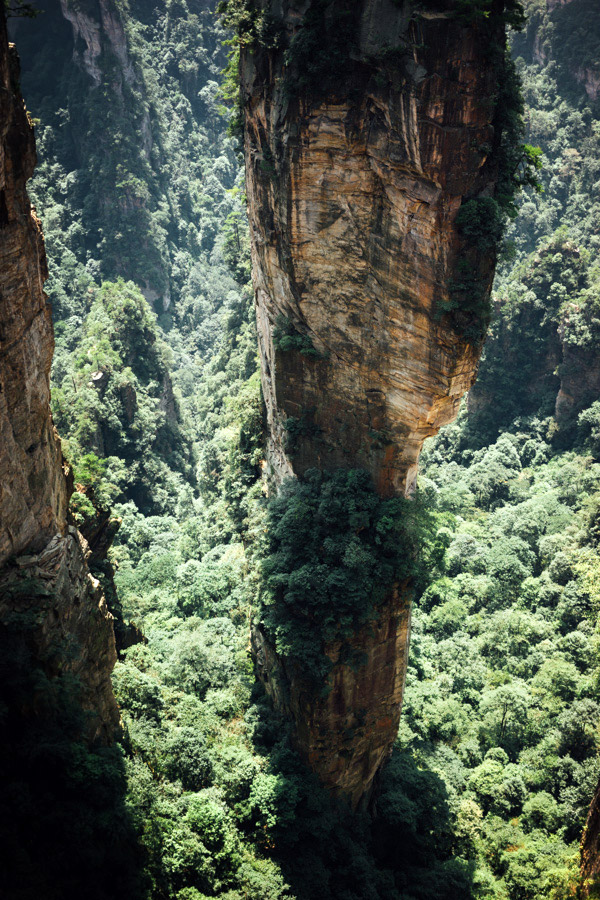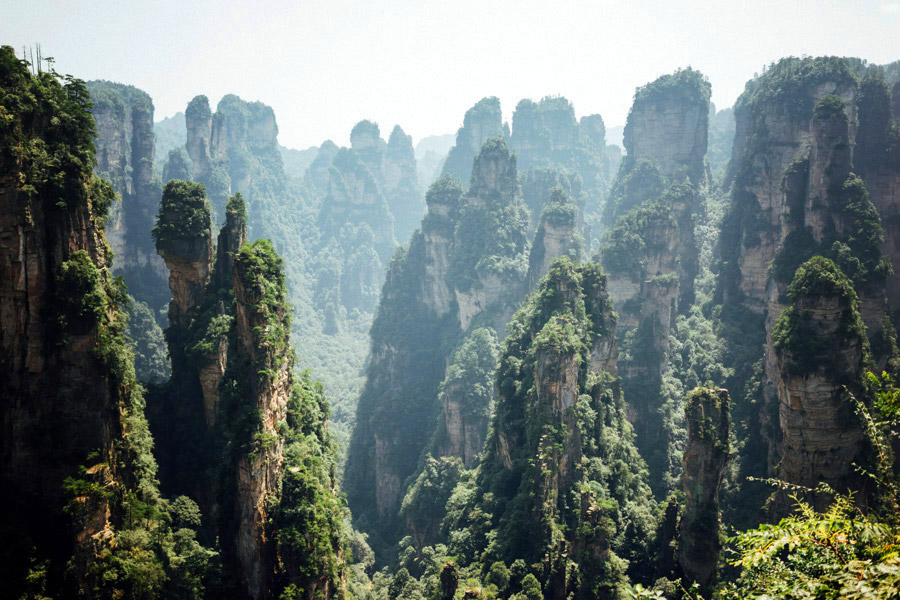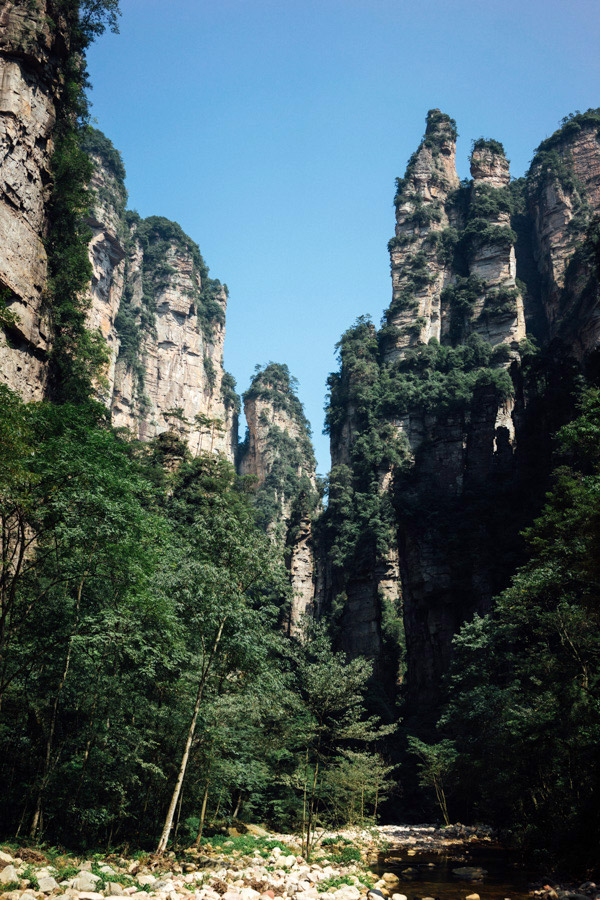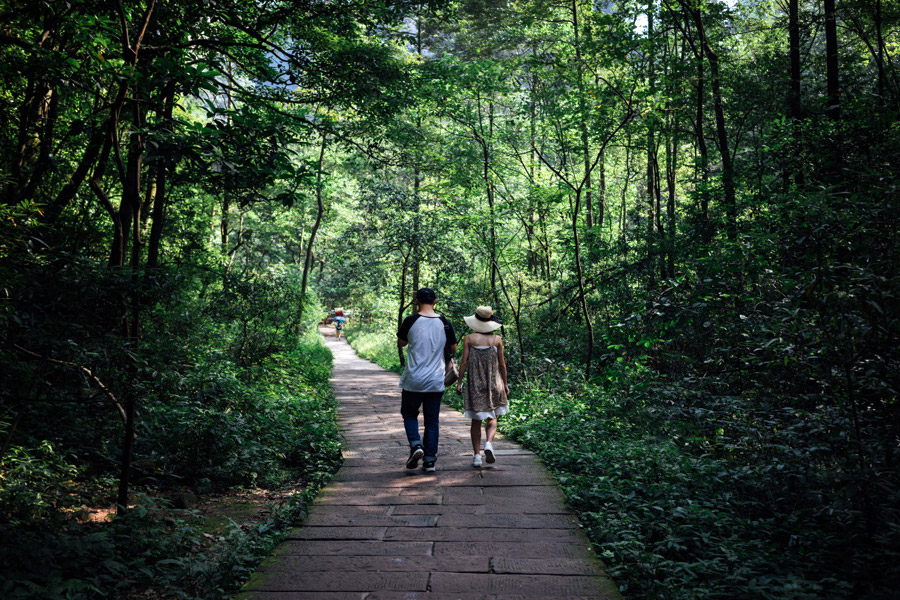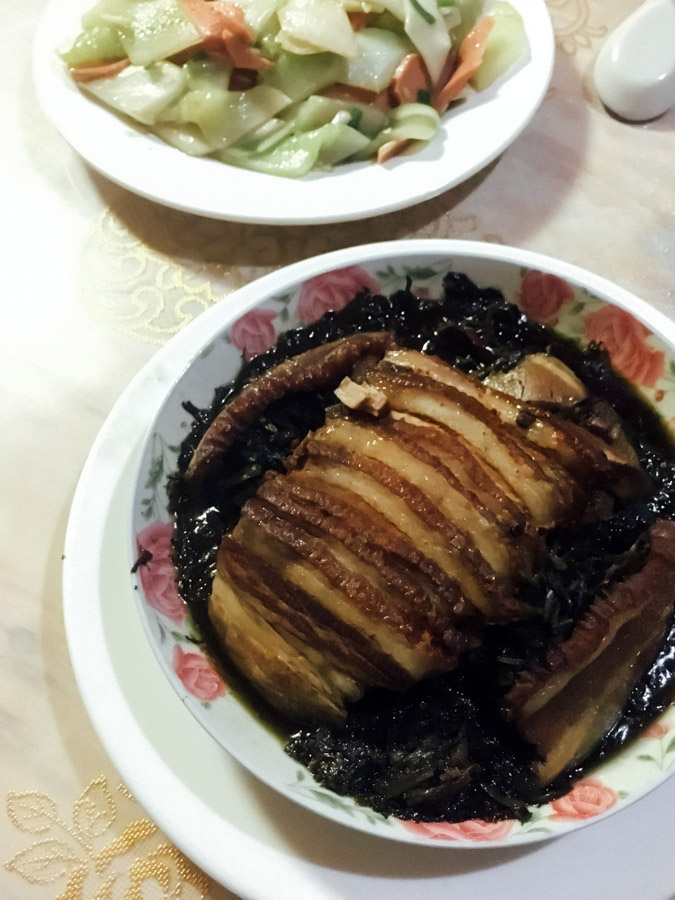Gate 문 - Howl’s Moving Castle Theme (Remix)
After realizing the snow monkeys near Nagano will not greet us while bathing lazily in the onsen this time of year, we opt for another magical location of Japan: Takayama, in the Gifu prefecture. It seems we’re attracted to mountains in all countries, perhaps foretelling where we’ll end up.
Takayama
It’s another train from Kyoto, on a ride out of a Murakami book, maybe Kafka On The Shore. Rain finally breaks - it’s typhoon season after all - and we pass quiet suburbs that are slowly replaced by forests, rivers, and mountains. We munch on a matcha cake and enter the Japanese Alps, or Nihon Arupusu. (Yes, Arupusu is the phonetic version of Alps in Japanese.)
We arrive in the small town of Takayama and are lucky to stay in a traditional ryokan, a Japanese guest house with an onsen, a public bath for the guests (except if you have a tattoo - to prevent the yakuza from revealing themselves). My name is written on a long black plank at the entrance, alongside those of other tourists. Leaving our shoes at the entrance, we check in and are shown our room, immediately being transported to a different time: Japan in the 70s, with dark brown furniture, leather chairs, and futons on tatami mats. We head shyly to the onsen for a shower, one for men, the other for women, somehow relieved to find it empty.
A short walk in town takes us to a cozy hole in the wall, famous for its curry. We sit at a low table, my leg falling asleep rapidly; the restaurant is a busy decor of wooden everything, cups and bowls, and a few Domo dolls above the bar for good luck. Jamiroquai plays the beats. Full of curry, we still manage to find room for the yogurt of the day. The Hida province is famous for its cows (almost as much as Kobe), but especially its milk - it’s the first time we are entranced by a milk pudding.
After a simple breakfast at the nearby cafe, we take an hour bus ride to Shirakawa-go, a UNESCO World Heritage site, a place right out of the old RPGs from my youth. We’ll walk aimlessly for a few hours amongst fields and traditional houses called gassho, built specifically to fend off the snow in the winter (合掌 - means “hands together,” as in a prayer). Even the music reminds me of old video games, as if we were resting at an inn for the night. The village is the most fitting illustration of charming and quaint - only the Italian tourist bus made it difficult. We’ll head back after a soba meal, a lip-licking cold noodle in a tart broth, and two soft-serve ice creams, one matcha and one Hida milk. We head back to Takayama and visit its old town, its own “Philosopher’s Path” and endless temples, each one more peaceful than the last. My Pokémon GO score is off the charts.





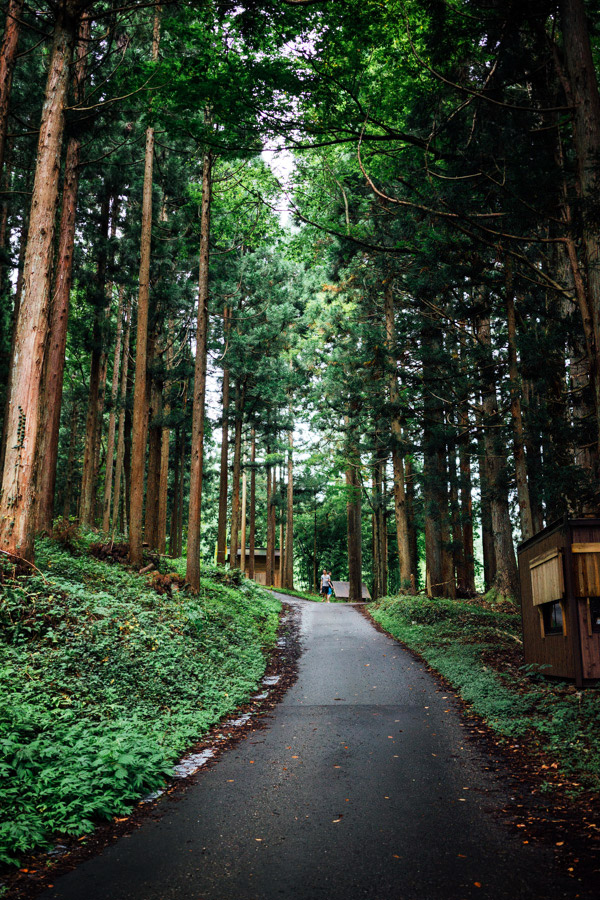




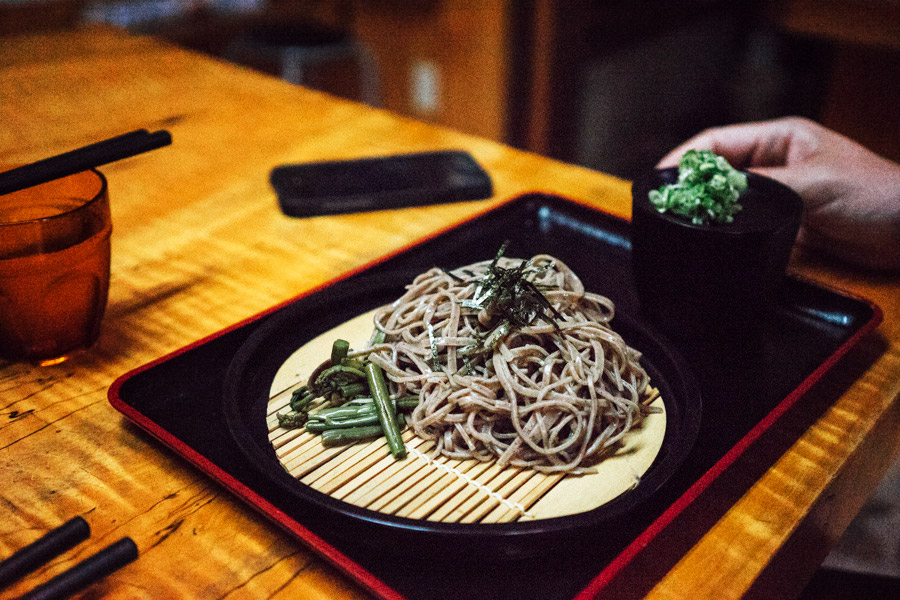
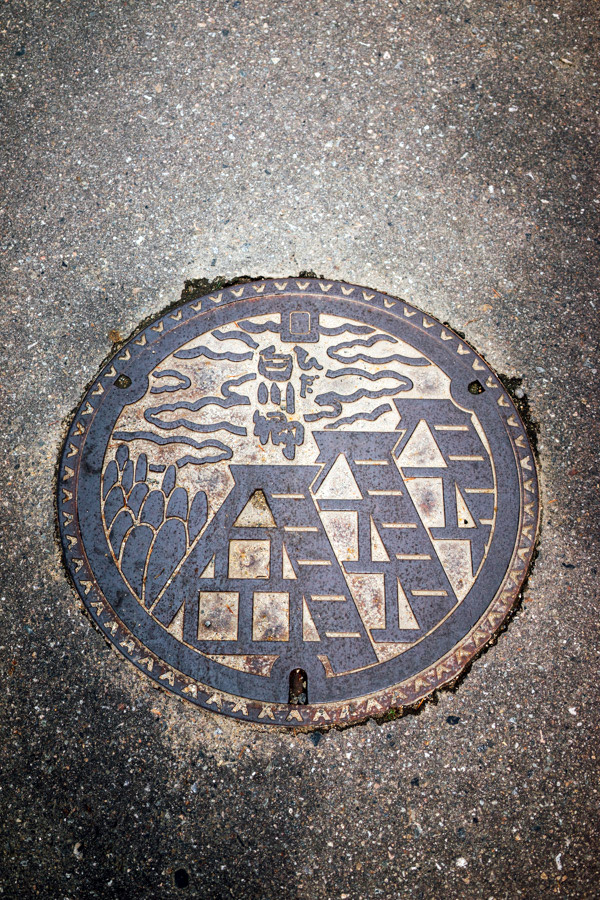




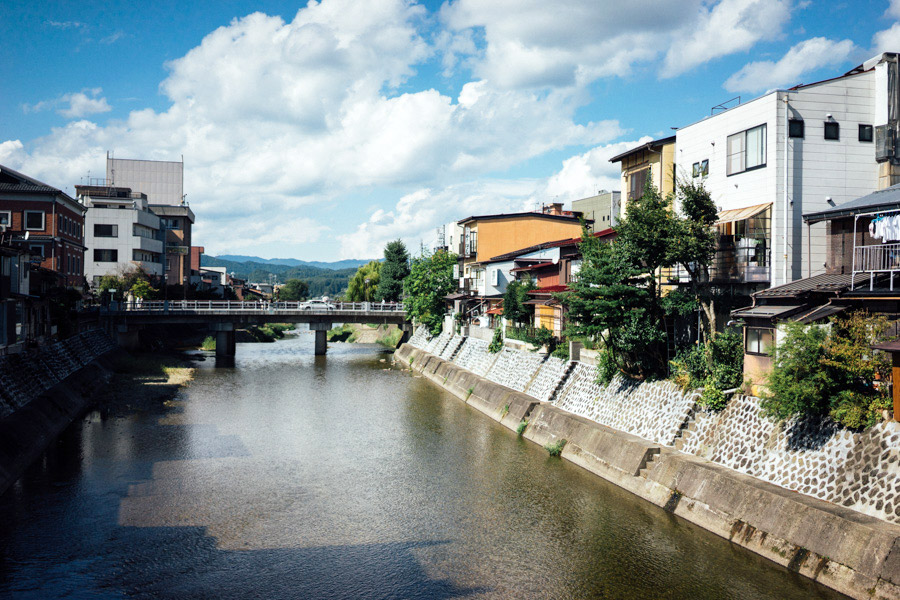



Tokyo
Another bullet train takes us to Tokyo, our final destination in Japan. After the microcosmos of Osaka, Kyoto, and Takayama, we’re reminded of everything else Japan is, a highly technological place, which used to be a model for the rest of the world in the 70s and 80s. Country of all things automatic, from the fancy robot toilet, the cigarette dispensers on dedicated smoking corners, the elevator parking garage, the many faucets and soap dispensers, and the ticket machine at the small restaurants. We rarely order from waiters, only handing them our tickets in exchange for our food.
But Tokyo excels at hiding its technology, underground, behind a wall, or inside the toilet. The city is all vertical, hiding whatever else on the next floor - dentists, dance studios, and food courts - roads have layers and airplanes reflect off the building windows. Manhole covers are uniquely decorated throughout town. Parks and temples are peaceful, quiet, except for the many signs for Pokémon GO players to get on their way. Here, everyone plays, from the business man to the sweet grandma. The city is amazingly quiet - we didn’t hear a single horn in one of the busiest cities in the world. The only noise pollution comes from the slot machines and arcades spread throughout the city, the pachinkos. We eat a hearty brunch in the Roppongi Tower, at a Gastropub rivaling San Francisco’s.
Tokyo also shows us its incredibly rich culture: the groups of old people practicing tai chi in the morning; the business suits running to their subway; the punk kids dressed in cosplay, with pink, blue, or purple hair on the streets of Harajuku; our first concert in a while, a girl DJ at the entrance of a mall; the pick-your-favorite-animal cafes, we choose bunnies and play with them for an hour to the voice of the Japanese girl exclaiming, “Kawaiiiii!” We do not look for the famed adult stores but know they’re around from the stickers taped on traffic light poles.
A subway ride to the Mori Art Museum renews my love for space, manga and bande-dessinée, the French/Belgian version of comic books. There is a large crowd there, waiting two hours in line to get to the top of the building and view of the whole city. I hate buildings and crowds, and grow impatient with views. Instead, we rush to what we know best, food, this time looking for tonkotsu, a type of ramen Madie loves. We’re at Ichiran Ramen, seated in single booths divided by a wood panel. A small curtained window is in front of me, where a headless waiter delivers the best ramen I’ve ever had. In three days, we’ll wolf down ramen a few times, soba noodles, sushi, tonkatsu, and as many pastries, matcha ice creams, and yogurts as we can. We will even venture to the Tsukiji Market in the morning, a famous fish market where all the best sushi chefs go. An old man carves a tuna larger than a pig; we explore the market amongst fish heads, octopi, roe, and workers busy cleaning up the place. Ten in the morning is already late for the market, but it’s the best time for a snack of fresh sushi and beer.
It’s already time to leave Japan, and with it, a bit of our heart. We spent an incredible twelve days, wishing we had a lot more. We both know if there’s a place in Asia we could live, it would be here. But as quiet as things may seem on the outside, Japan is known for a difficult work culture - Karōshi (過労死) means “death by overwork.” But there is also a word seemingly invented for us: Kuidaore (食い倒れ), or “to eat oneself to bankruptcy.” It’s time for the next step. No regrets, only more adventures to come.


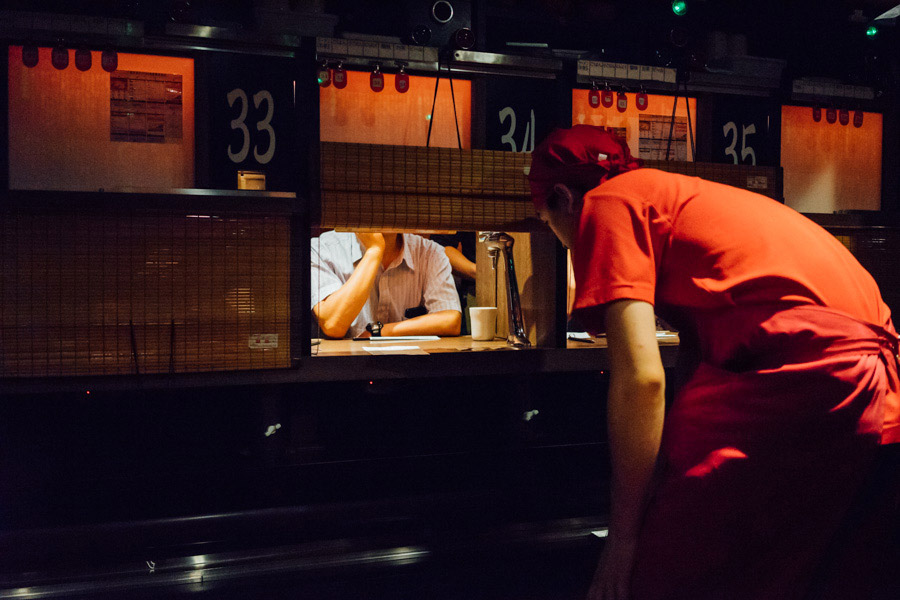
































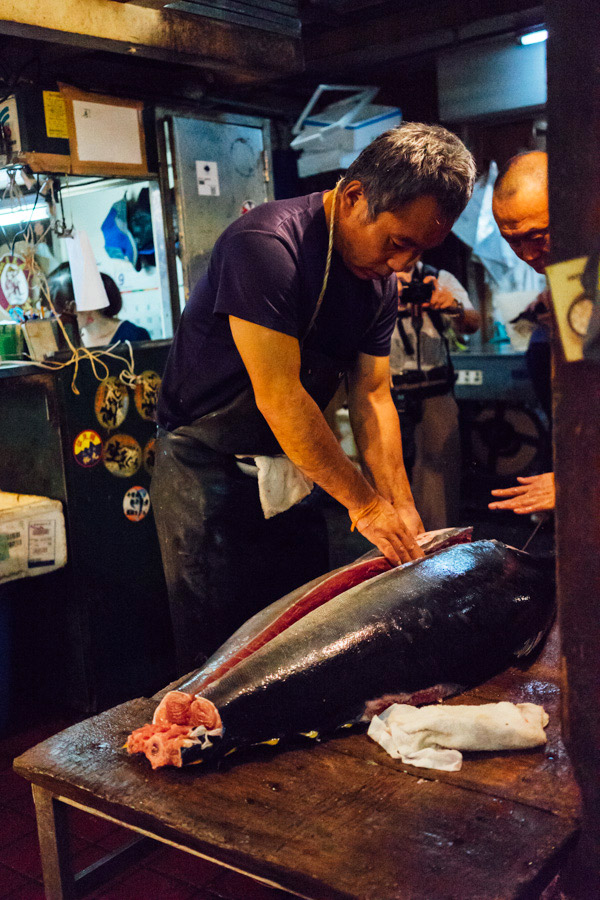




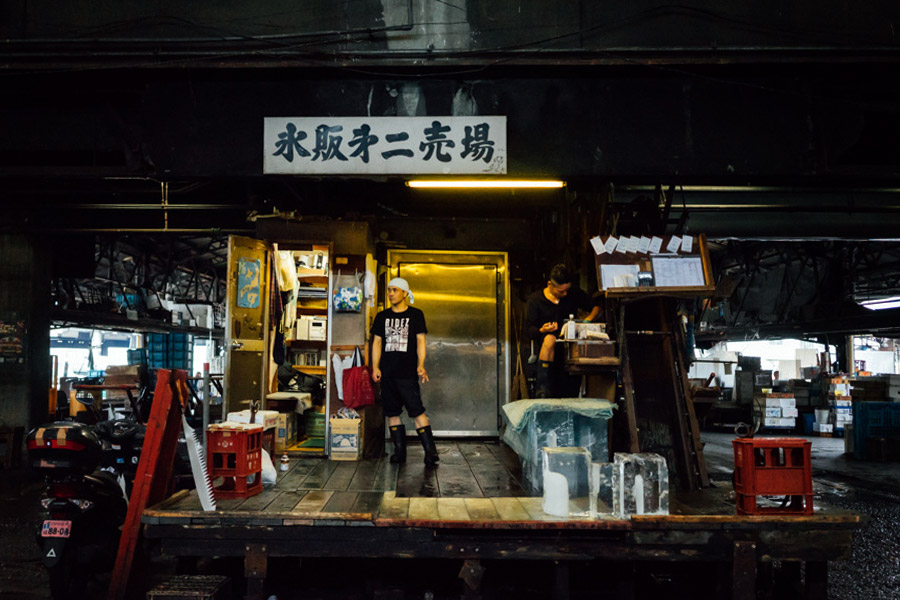








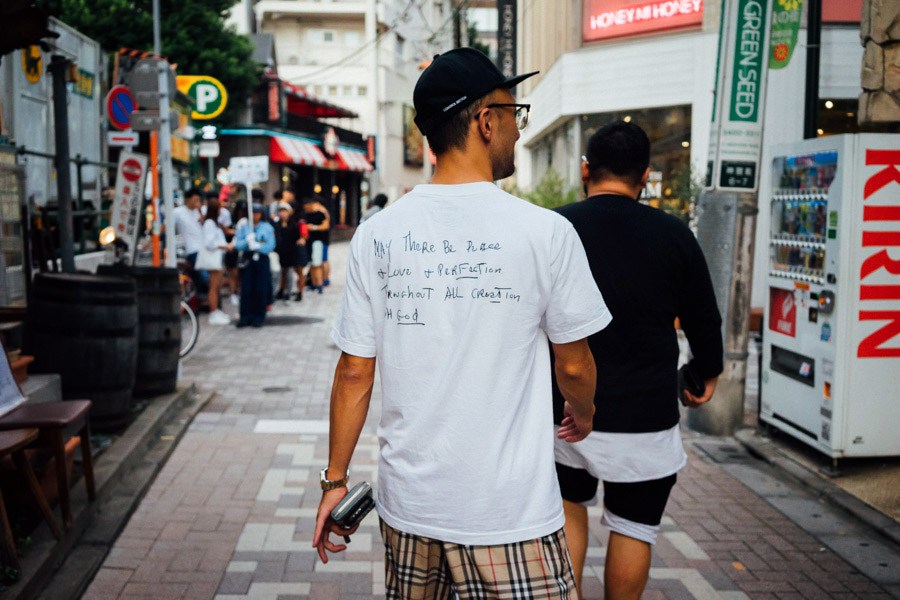

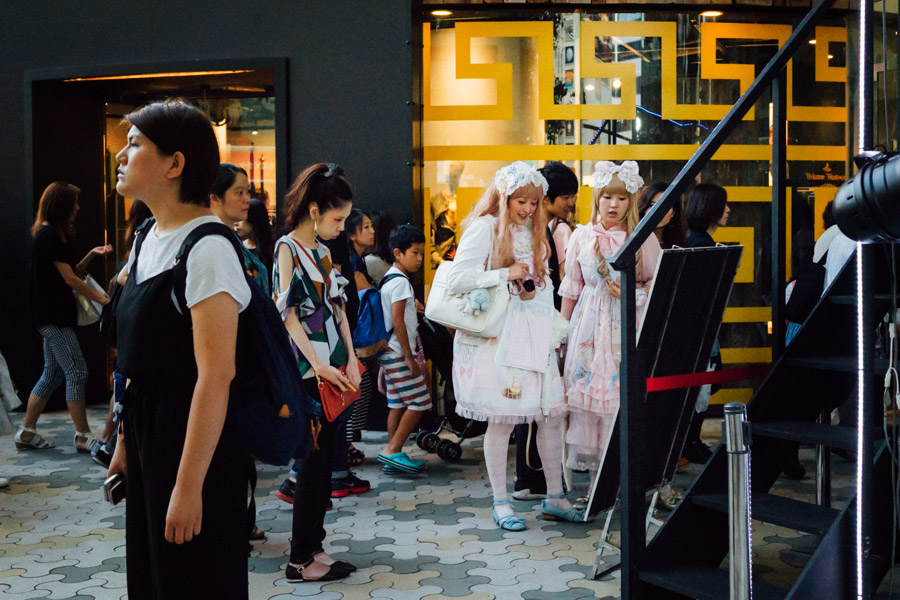





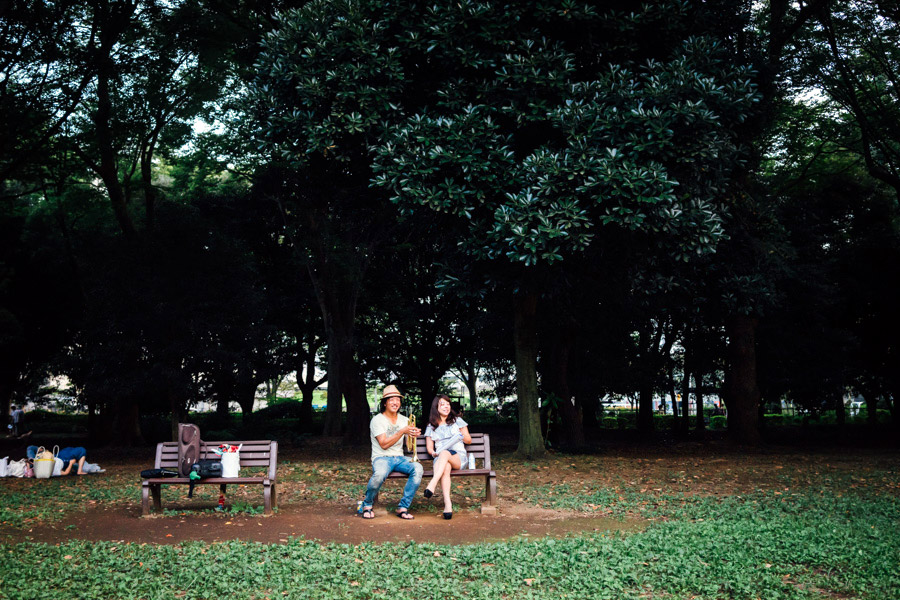







Links
- Takayama is a few hours away from Kyoto by JR train, and in a most scenic environment. It has much to offer, including a beautiful circuit of temples at the edge of the historic center.
- Shirakawa-go is a UNESCO protected village near Takayama. It is easily visited in half a day with a local bus.
- If you can afford it, the ryokan experience is a must-do in Japan, and was particularly fitting in Takayama. We stayed at the excellent Hodakaso Yamanoiori.
- Need we say more about Tokyo?
- Absolutely save one lunch or dinner or late night snack for Ichiran Ramen.
- The Roppongi Tower has an incredible museum, the Mori Art Museum. Wait times for the scenic point are upwards of two hours, however.
- The city is large but somehow doesn’t have as much to offer as Kyoto in terms of history and sights. Know what you want before planning to stay there too long. Kyoto is around three and half hours away by bullet train, Osaka is around four hours away.
- If in season, you can catch a sumo match! Ask your hotel. Most of them have the info.
- Unfortunately, we missed two places we regret most because we had not booked them early enough:
- The Ghibli Museum requires reservations weeks in advance. We are both big fans of Miyazaki movies.
- Dosanjin is famed for an incredible (and pretty) soba noodle dish, and also requires advance reservation.




























































